When we speak of efficiency in swimming , we refer to the ability of the swimmer to move through the water with the least resistance possible, achieving this with a low rate of exhaustion. Among the factors that influence swimmers to achieve this goal are three of the main fundamentals of swimming, buoyancy, propulsion and coordination.
Learn more about these factors and how to improve them in order to achieve a better stroke rate and length and, ultimately, achieve a more efficient swimming technique .
Fundamentals for a more efficient swim
1. The flotation
The buoyancy of a person is directly dependent on his weight and hydrostatic thrust . This means that when the person’s weight is greater than the hydrostatic thrust, the person will sink and when it is less, they will float.
In swimming, buoyancy is used, which by achieving a good position in the water will help an easier movement.
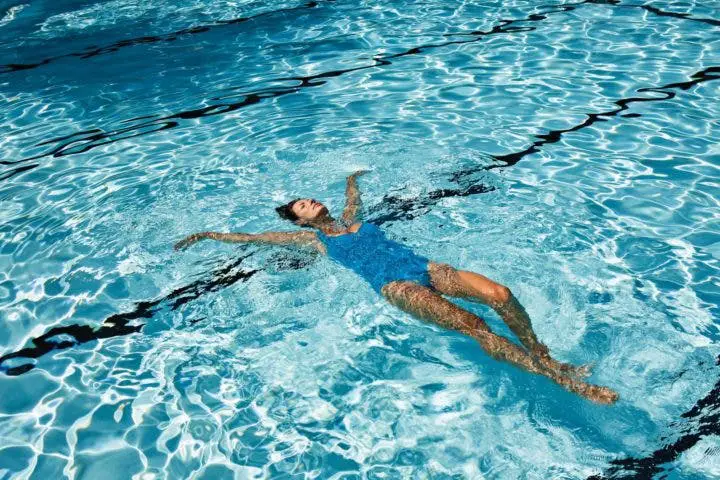
2. The propulsion
It is fully accepted that there are two principles that justify propulsion: the action-reaction law and Bernoulli’s theorem . If we look closely at a swimmer in the water we notice that an initial moment occurs below the surface when the elbow flexes and a final moment occurs when the elbow extends.
We also notice a moment before the elbow flexion from when the hand touches the water until the elbow is flexed. This is a movement that provides upward thrust, aiding float.
Having achieved propulsion, it is also important to achieve it effectively. To have a good movement, it is required that each movement be performed in total harmony. Propulsion is useless without good coordination.
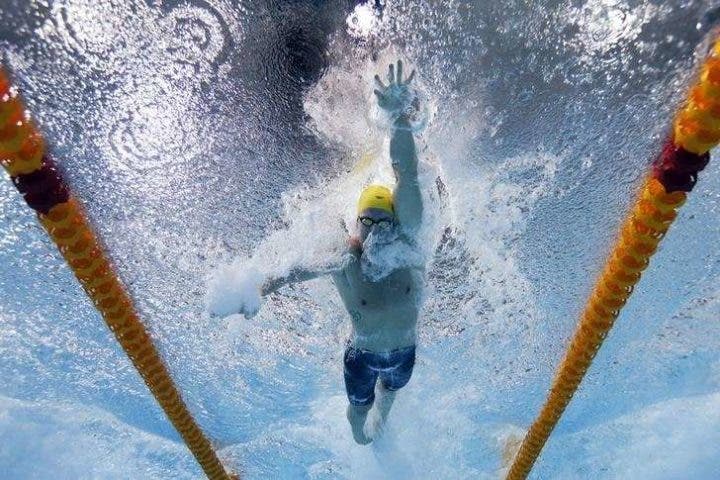
3. Coordination
You can learn to swim at any age, and even become a master of the technique, it just takes patience and practice.
Coordination is acquired in different phases:
- Initially the nerves disperse unnecessary impulses that involve unnecessary supplementary muscles.
- It is followed by a phase of tense movements. The muscles are correct but overstimulated and inefficient.
- Then comes the stabilizing phase of the skill. Dynamism and coordination of nervous processes is achieved.
- Finally comes the technical mastery phase, characterized by fine movements with high efficiency .
The fundamentals in swimming are classified as the key that all swimmers must master in order to access higher skill levels. Without good technique, involving meticulous control of the movements that includes the movement of the arms, trunk and legs, it is very challenging for swimmers to improve their stroke rate and reach an ideal distance per stroke for their size.
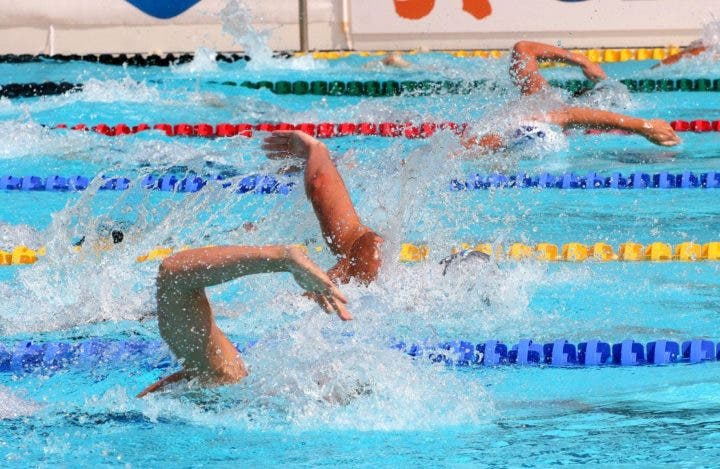
Stroke rate
How to measure it?
The stroke rate or rate is simply the number of strokes you take per minute. To measure it, you first need a stopwatch and a partner or coach who can take the measurements from out of the water.
To start, you push yourself from one end of the pool and start swimming at a speed similar to 70% of your maximum effort. Your partner or coach who is out of the water starts the timer and measures the time it takes for one of your arms to perform five complete revolutions from the moment the hand enters the water, during the submerged phase and back to the entry point of hand.
For example, imagine you do 5 cycles in 11 seconds -> multiply x 2 = 22 seconds -> move one decimal point to the left, you get 2.2 seconds per cycle or about 27 strokes per minute.
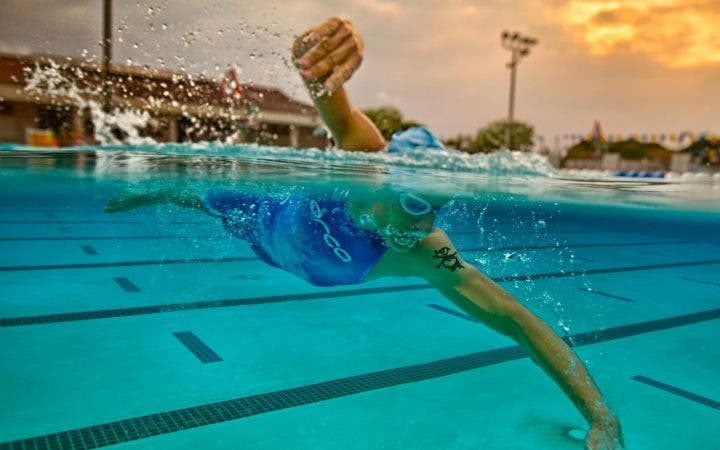
Why is it important to improve your stroke rate?
Swimming speed depends a lot on good technique. Assuming that water is a dense medium (800 times denser than air), small improvements in technique could yield surprising results. In other words, if your stroke rate is too slow, then you are oversliding. On the contrary, if it is very fast, the pull you perform during the submerged phase of the stroke, your swim will be inefficient.
When a good swimmer moves quickly through the water, he seems to do it almost effortlessly, but at the same time he does it with power. If you take a good look at his style, you will be able to detect that there are few pauses, flaws and dead spots in his technique. This means that this swimmer has managed to establish an excellent rhythm of his strokes, managing to move effectively from one phase of the stroke to the next. Watch the following video:
How should the stroke rate be for the swim to be efficient?
During the late 20th century a tendency began to manifest in some swimmers and triathletes to develop a very long stroke, where they exaggerated the slide for each stroke they took. The idea behind this variable was to try to advance as much as possible with each stroke, since that seemed more efficient to them. But many elite swimmers and triathletes did not follow this philosophy, so its influence on swimming was short-lived.
Today’s swimmers have found that to achieve a fast and efficient freestyle , they must consider much more than just lengthening the distance of their strokes. A long stroke may be less efficient for the simple fact that during its execution the swimmer would be introducing deadlocks and pauses. Therefore, each swimmer must find the ideal balance between stroke rate and distance per stroke.
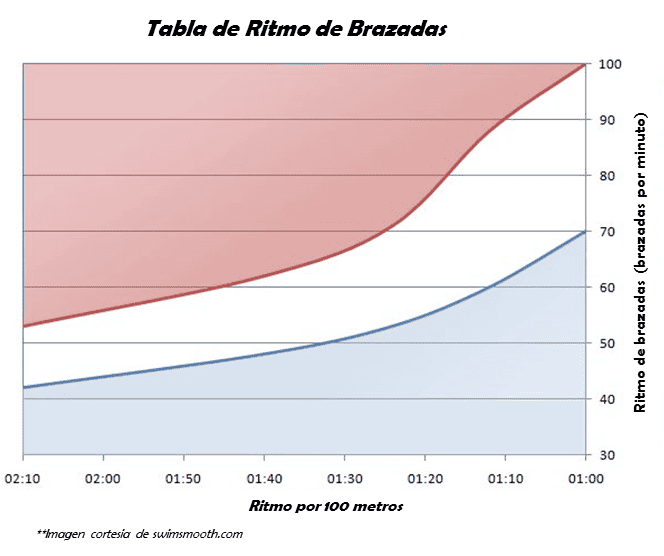
Stroke length
Length or distance per stroke represents the second important variable in the swimming efficiency equation. It is simply the distance you manage to advance with each stroke you run. Although it appears to be a simple element to consider and measure, the simple ends right there, in the perception. Power systems that impact excellent distance per stroke must be linked like links in a chain. In swimming we call this the coupling.
When I went to college, I had the opportunity to consider studying a universe of interesting careers, from which I chose Mechanical Engineering. In mechanics there are some elements called couplings (couplings, by its name in English). These help to unite two parts of a system; one that is in motion, with another that you want to set in motion.
In swimming this works in a similar way, simply that the principle applies to how the movements of our body help it to move through the water in a more efficient way, through the effective execution of a series of well-linked movements . Remember the foundation of coordination described above? This is where it comes into play.
A coupling movement is the result of the kinetic energy created from within our body that increases the effects of the propelling forces that cause us to move forward in the water. These movements can occur at the same time as the driving forces or when the effects of these forces are still occurring.
In swimming, almost all the propulsion is generated through the hands and feet, although there are other movements of our body that can influence the improvement of these propulsive forces. The result of the correct execution of those well-matched movements in an excellent distance per stroke.

Conclution
Having described the two main variables that give a swimmer the tools to swim faster, we must apply them for the theory to become reality. Both indicators, together, represent the key to the success of the best swimmers in the world. According to Australian coach Paul Newsome, founder of the Swim Smooth training company, if you are a swimmer who trains on your own and does not have the regular advice of an experienced coach, you should hire the services of one. The experience of a swimming professional could help you raise your technical level a lot.
When it comes to results over time, naturally, we must focus on developing an optimal stroke rate as our distance per stroke increases. Achieving this is easier said than done, but with effort and dedication you will achieve it, and experience sensational gains in your swimming.
References
- Paul Newsome. Rhythm, timing and stroke rate in swimming. For swimsmooth.com. [Revised April 2016]
- Matt Luebbers. Swimming distance per stroke and stroke rate. For About Sports. [Revised April 2016]
- Tomás Bisonó. Biomechanics and its importance in swimming. For clinicasdenatacionrd.com [Reviewed in April 2016]